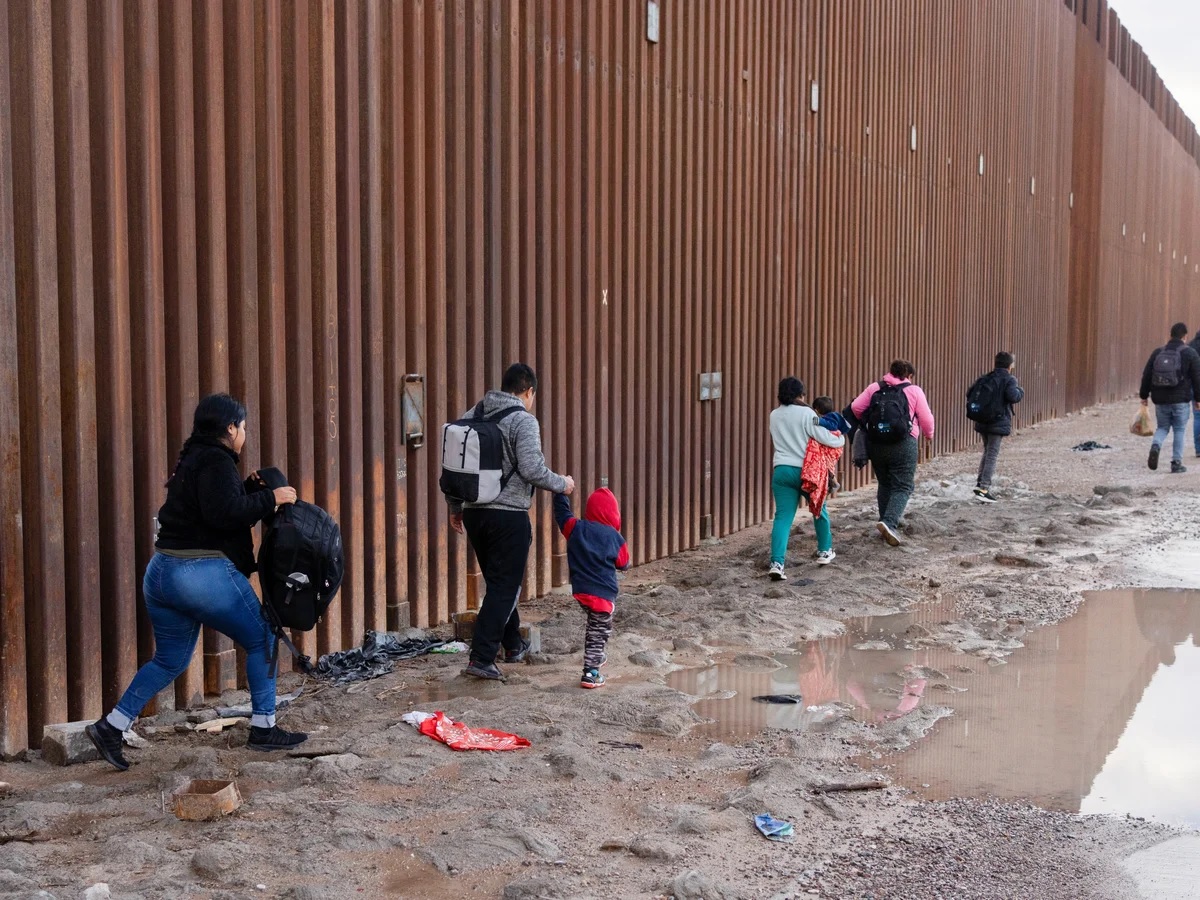
Census Bureau reports record growth in foreign-born population in the U.S.
Recent data from the U.S. Census Bureau indicates that the foreign-born population in the United States has reached an all-time high. As of March 2024, there are approximately 51.26 million foreign-born individuals, representing 15.5% of the total population. This marks a significant increase of 2.48 million people compared to the previous year.
The report highlights that the percentage of the foreign-born population lacking permanent legal status is also at a record level. Many of these individuals entered the country through various programs, including the Temporary Protected Status (TPS), which offers protection to migrants who may have entered illegally.
In specific communities, such as Springfield, Ohio, and Aurora, Colorado, local resources are reportedly being impacted by the influx of migrants. Estimates suggest that a substantial number of Haitians have settled in Springfield, raising concerns about the capacity of local services, including healthcare and education systems.
Hospitals are reportedly experiencing challenges in accommodating non-English speaking patients, while schools are managing classrooms with a mix of English-speaking and non-English-speaking students.
This situation has sparked discussions among residents regarding immigration policies and their implications for community resources and services.
Stichworte







